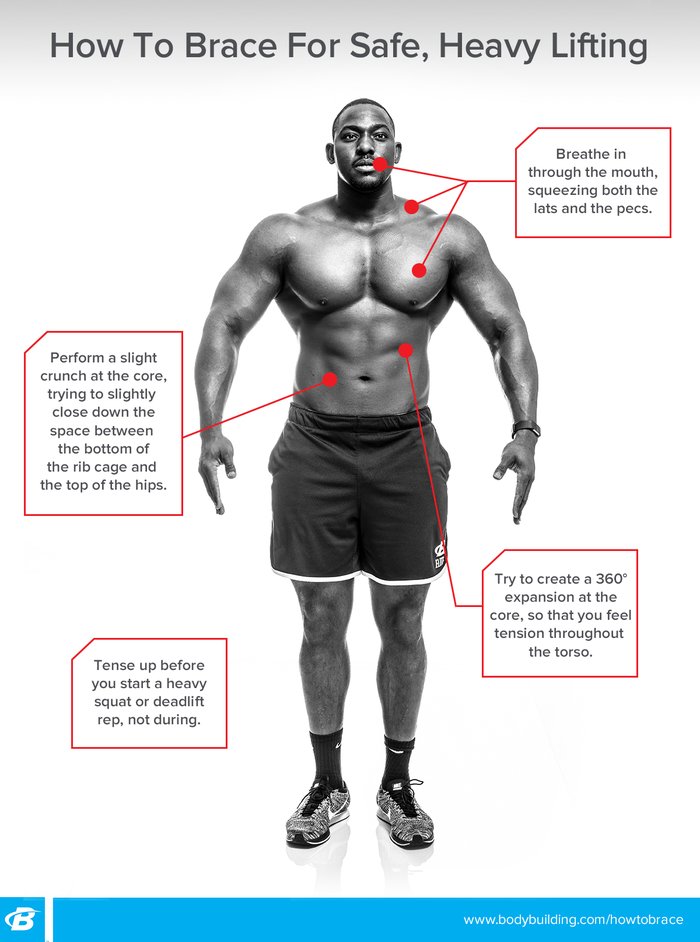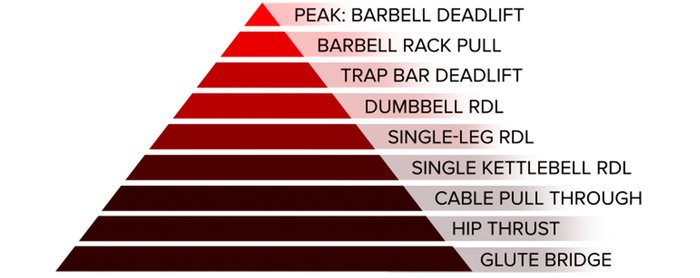Back Pain | Shoulder Pain | Knee Pain | Upper-Body Workout | Lower-Body Workout
Back pain is one of those unfortunate situations where injury isn't the exception, it's the norm. Experts estimate that over 80 percent of people will experience a bout of severe lower back pain in their lifetime, and it's one of the top reasons that people miss work—and workouts.
If that wasn't bad enough, once you experience a lower back injury, you're six times more likely to injure it again in the next 12 months. Unfortunately, active people are just as likely, if not more so, to experience lower back pain than the sedentary population.
You don't need a pity party, you need a strategy. This is your three-step plan to rid yourself of back pain and rebuild your foundation of strength to keep it from coming back.
Step 1: Stop What's Making Things Worse
If this list seems long, it's because when you're injured, everything seems to mysteriously make it worse. But back pain requires a two-pronged approach: cutting out what's aggravating pain and strengthening what's weak. Here are the most common culprits to watch out for.
Overrelying on treatment: Chiropractors and physical therapists can help you in the short term, but as a Doctor of Physical Therapy myself, I can tell you that once you're out of immediate, severe pain, it's up to you to take control of your situation. You are not your MRI!
Inactivity: If you're injured, you probably don't want to exercise or lift again. And studies have shown that after back injuries, fear of movement can be especially crippling. But halting all training only makes things worse. Find what you can do without pain, and get back in the gym as soon as possible!
Living without bracing: Mastering the skill of abdominal bracing is essential for your spinal health and strength. And no, crunches and sit-ups aren't going to teach this!
Here's your mental checklist to memorize for safe, strong lifting:

Stretching your lower back: That bent-backed, toe-touching stretch you're praying will get you out of pain might be putting you deeper in it. As I explain in the article, "3 Fixes for Mysterious Knee, Back, and Shoulder Pain," what you need more than more "mobility" is core stability. Proper strength training, not stretching, is your answer.
Skipping single-leg training: Lunges and single-leg deadlifts are your friends when you're dealing with back pain. Both can strengthen the weak links that got you in pain in the first place.
Only training on machines: Machines are better than nothing, but if you're recovering from a back injury, they're not doing much to help build up your weak links. You need to transition to free weights at some point.
Force-feeding the "big lifts": Squats and deads are glamorous, but as I explained in "The More Gain, Less Pain Guide to Squats," not everyone can or should do the same variations of them. It's OK to swap out that back squat for a variation that you can do pain-free from the movement pyramids below.
Step 2: Make Intelligent Movement Substitutions
These two movement pyramids show progressions of the most common back-aggravating exercises. The bottom movement is the most approachable and the top is the most technical or difficult.
Your objective: Figure out the most advanced variation you can perform without pain. Then, use that variation in your training.


For example, if a workout you're doing calls for 3 sets of 10 on barbell back squats, but goblet squats are the most difficult variation you can handle without pain, that's fine. Rock those goblet squats.
To be clear, the top of the pyramid does not have to be the goal! You can do single-leg deadlifts and front-loaded squats for years.
For more in-depth training guidance on how to use these pyramids, and to see demonstrations of each movement, check out Unstoppable in BodyFit.
Step 3: Get Back to Training
You're back in the gym. Great! Here are three principles to guide you to train through back pain.
Go light at first, but not forever. Keeping loads light is a great idea at first, but don't limit yourself to it for life—or even worse, doing high-rep workouts of the big barbell lifts. Getting stronger at the movements you can tolerate is the next step in the process.
Look for new ways to measure strength. There are more ways to get "stronger" than to push the limits of your one-rep max. You can also push volume, like building up to high-rep goblet squats or trap-bar deadlifts instead of chasing maxes on squats, deads, or leg presses. The Unstoppable Lower-Body Workout gives a window into how this looks.
Go for walks as often as possible. Walking has been shown to relieve acute lower back pain, but also keeps you from living in a chair while recovering. In the gym, also perform loaded carries to bulletproof your body against pain and further injuries. At the end of a workout, just pick up a couple of dumbbells or a trap bar and walk across the gym 2-3 times. It can be that simple!
It's Time to Get Your Life Back
If there's an upside to lower back pain, it's that the things that fix it are all things that will help you be stronger and more capable overall. It's time to get out of the mindset of being limited and start chasing your athletic and physique goals fearlessly!
Want to get proactive about ridding your life of pain? Use the other tools in the Unstoppable series.


